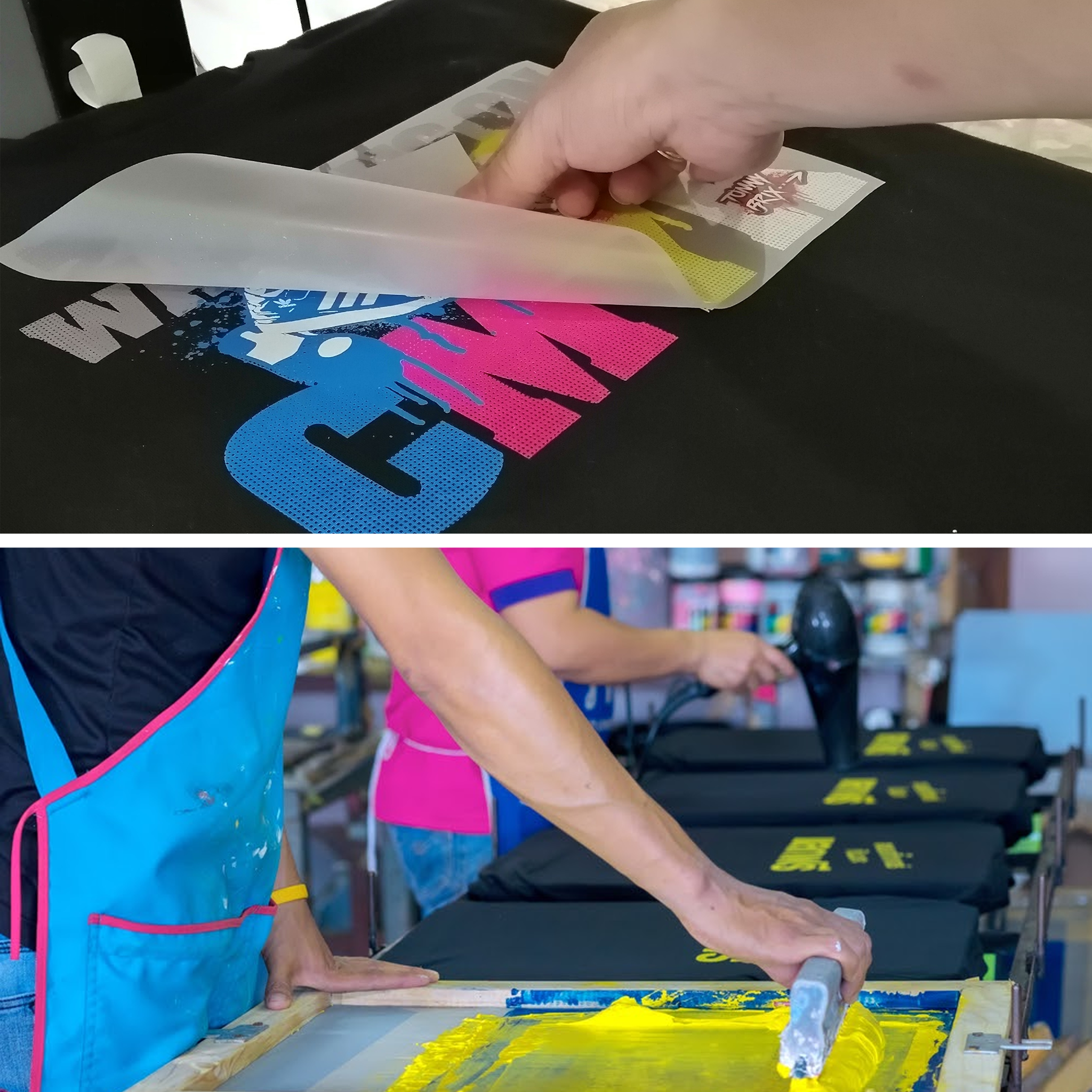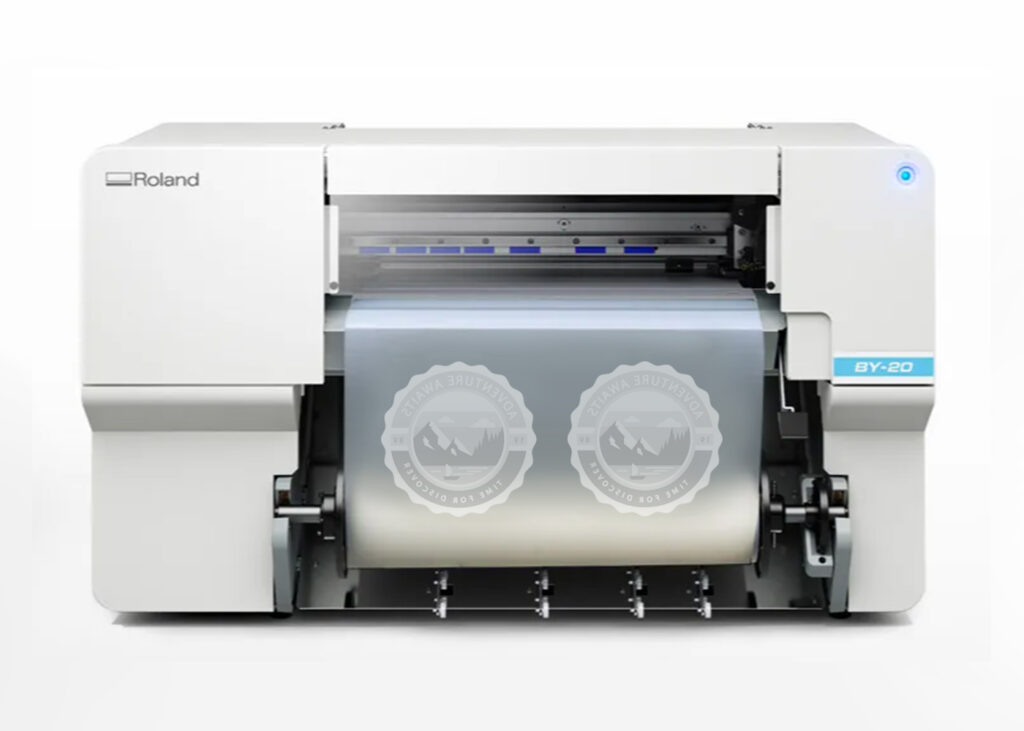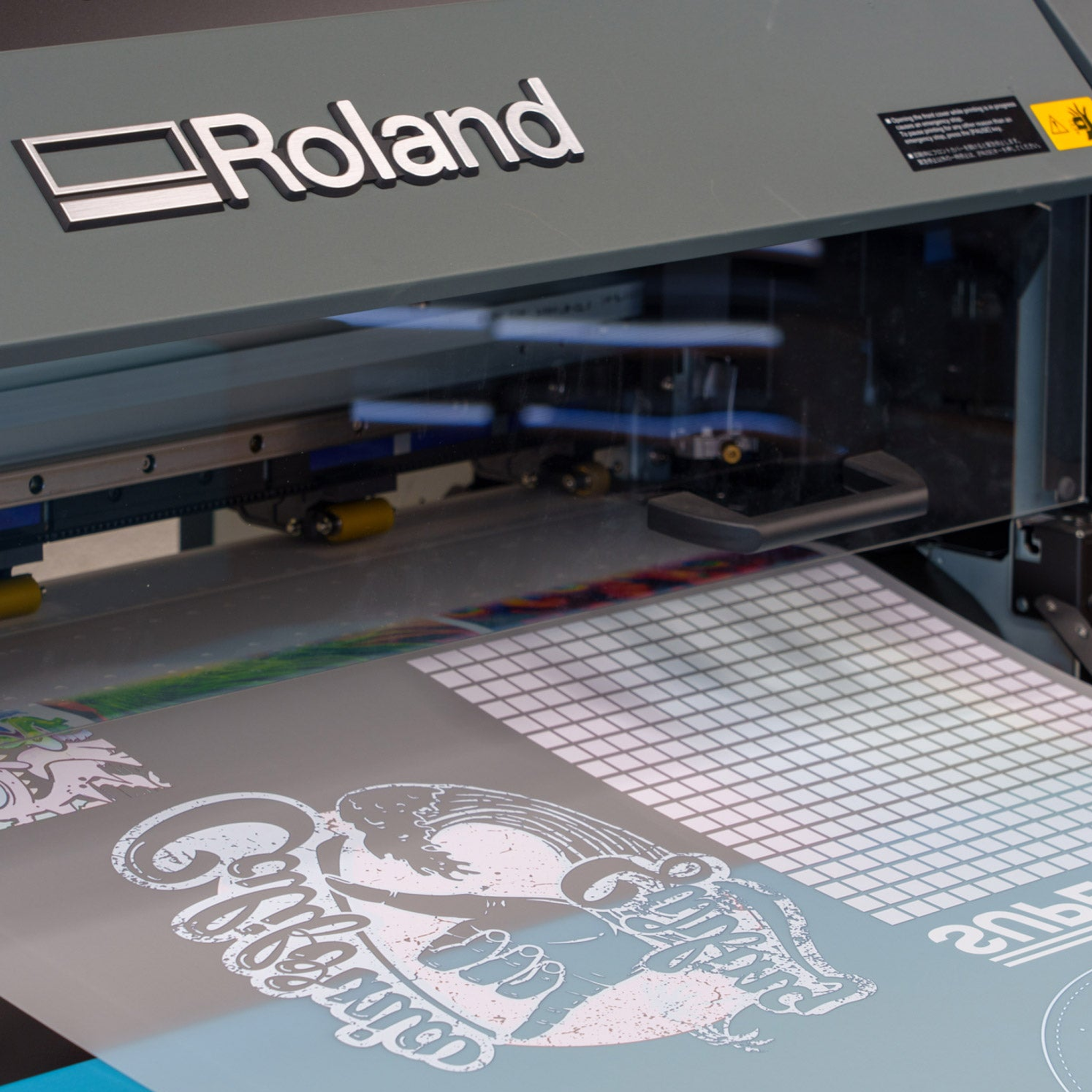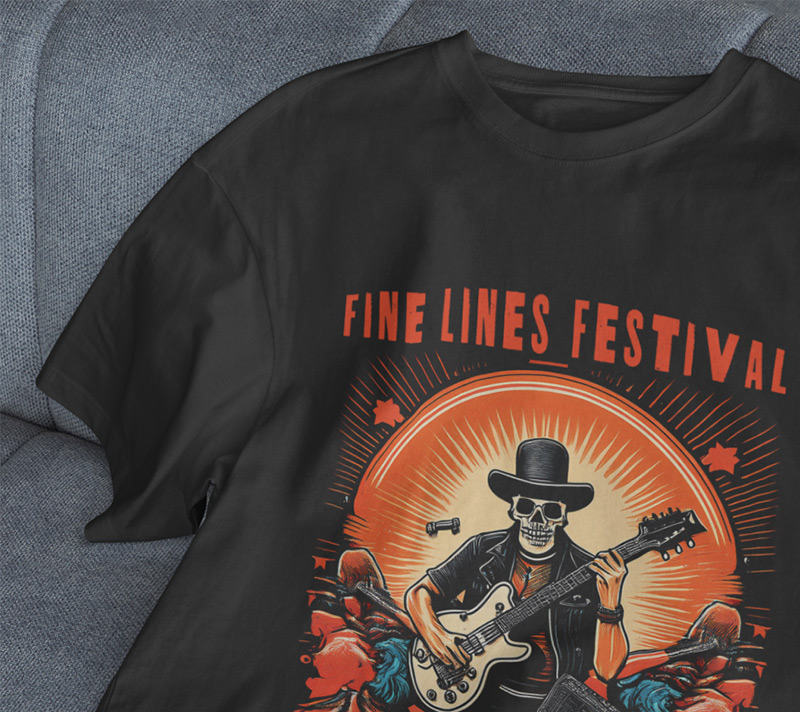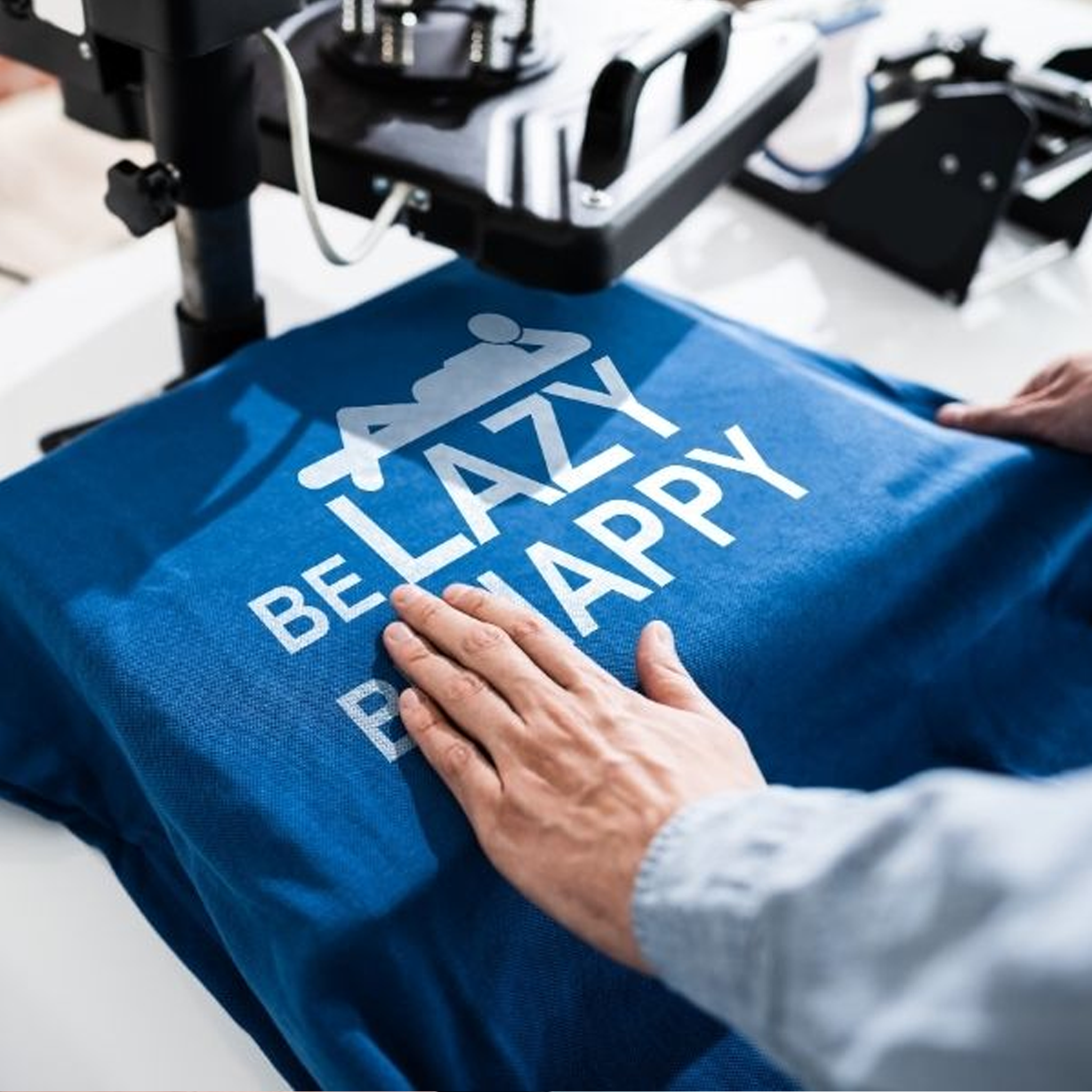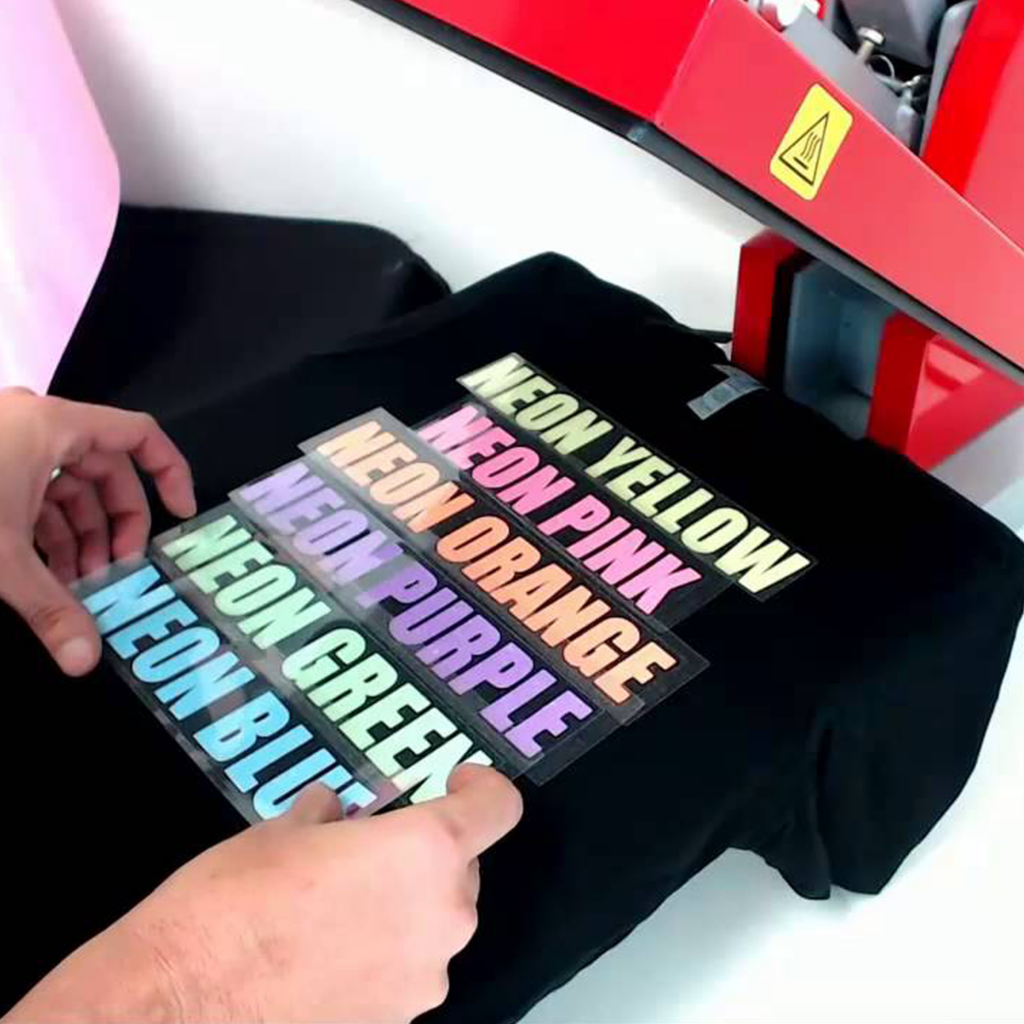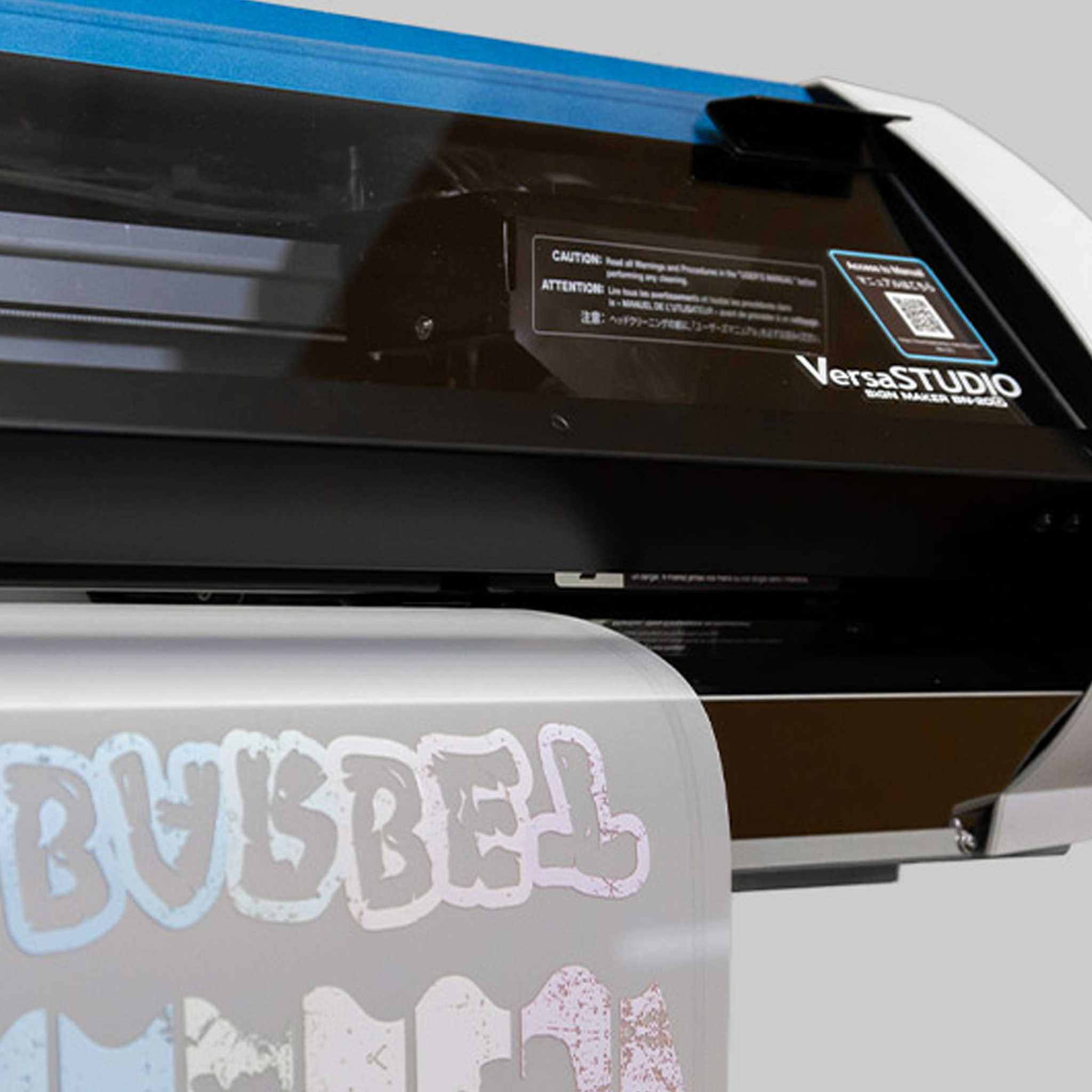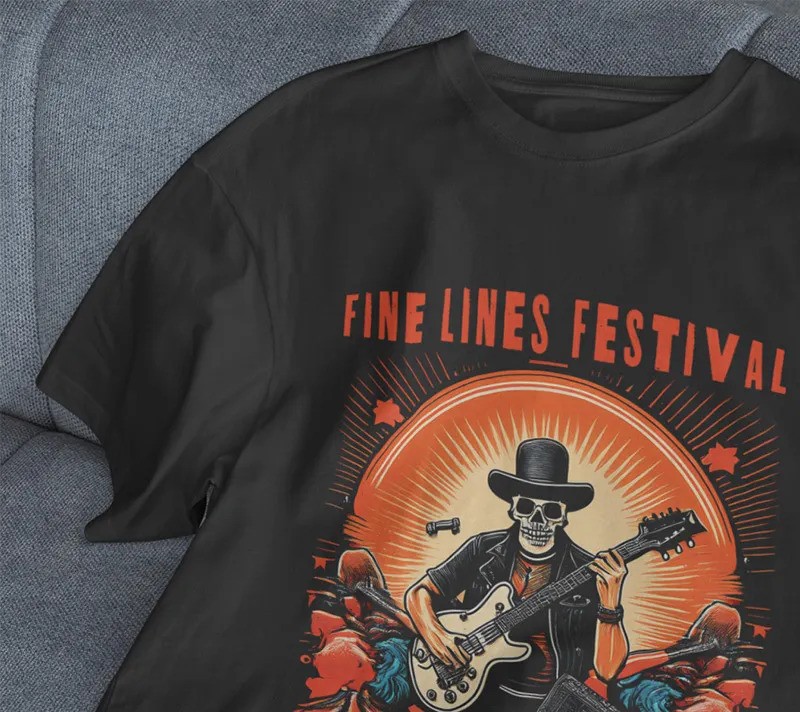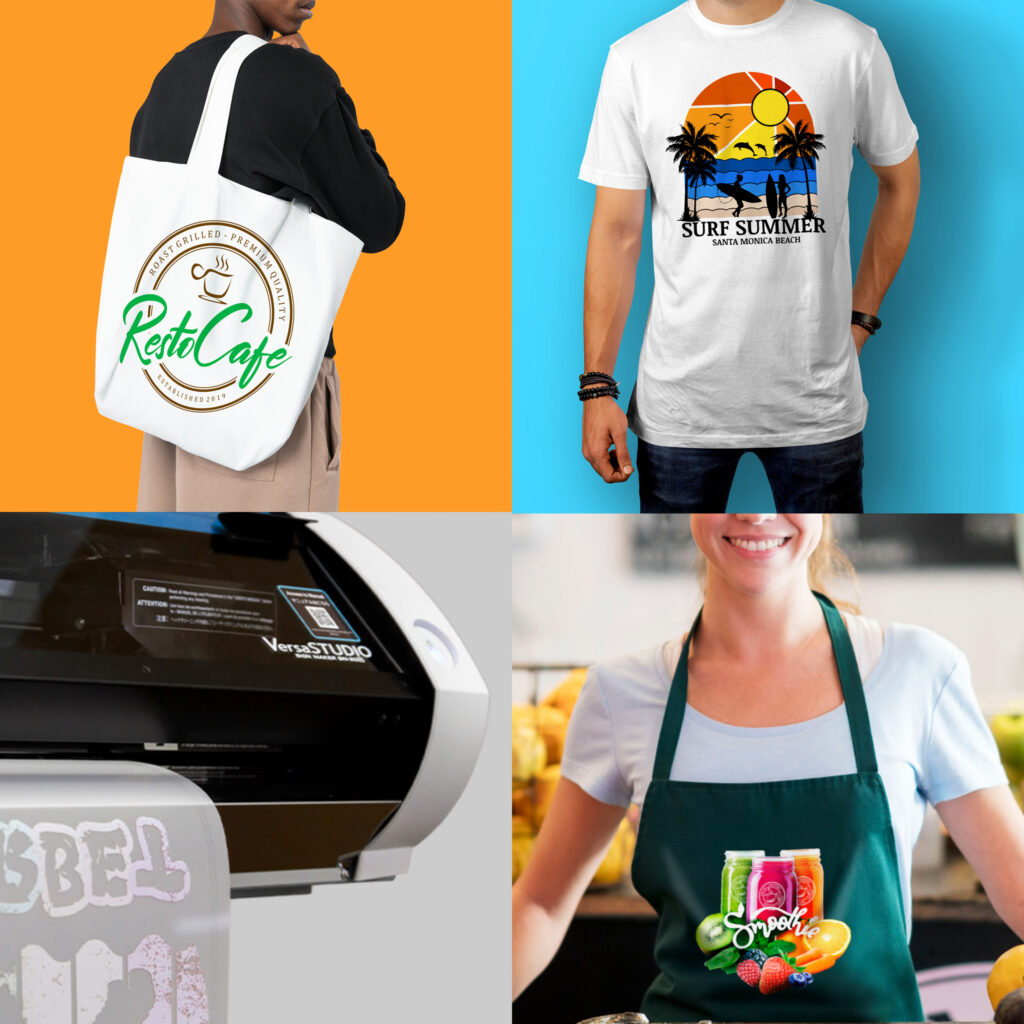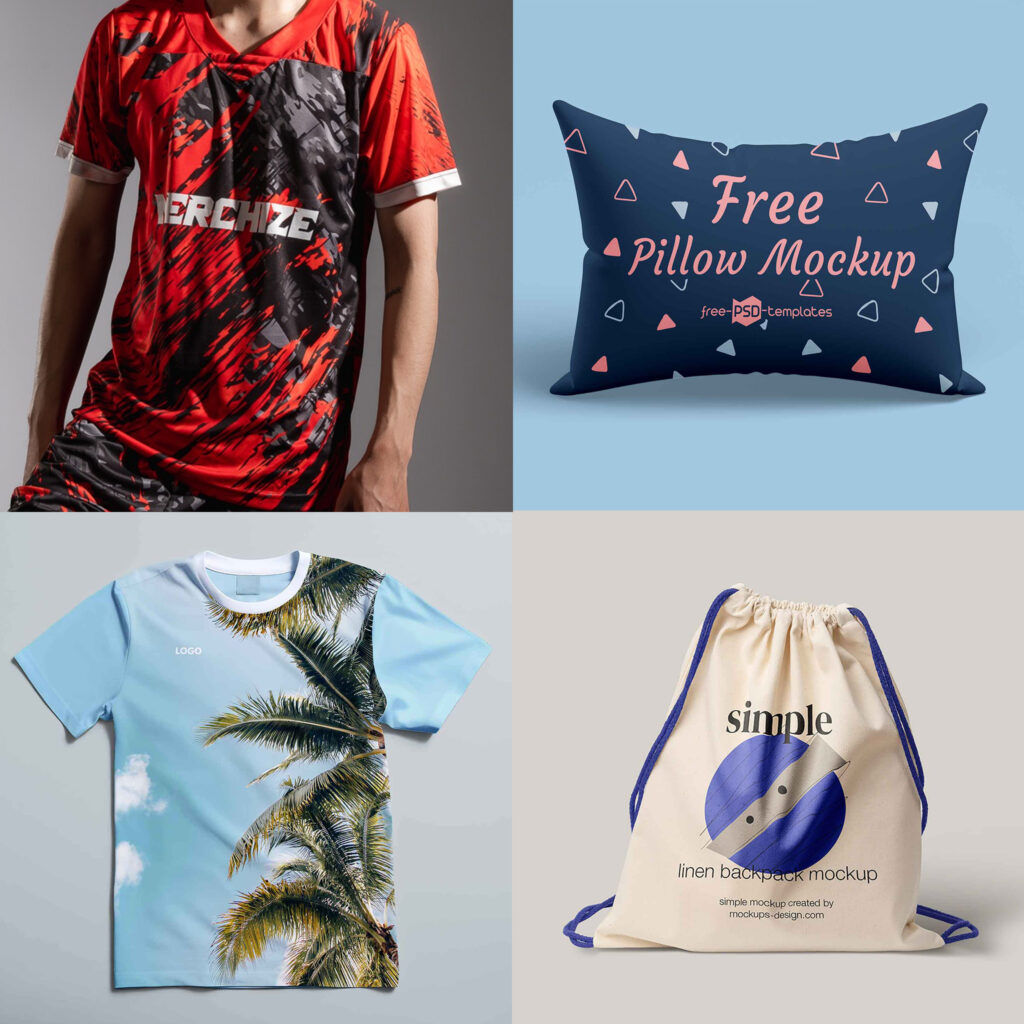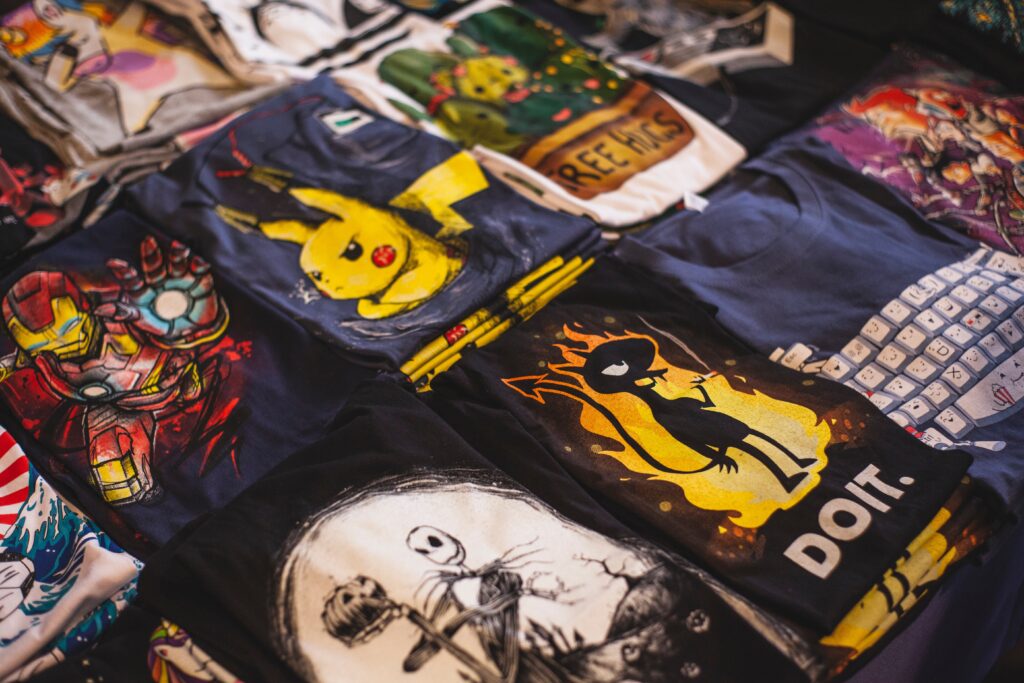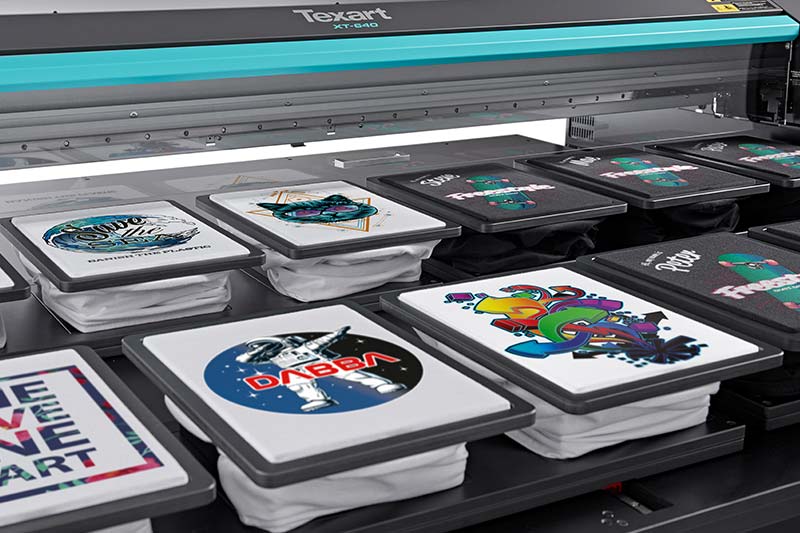Tag: t-shirt printing
How DTF Printing Works
Direct-to-Film (DTF) printing is transforming the custom garment industry with its efficiency, versatility, and ability to produce vibrant, long-lasting prints on various fabrics. As more businesses and creators look for reliable and cost-effective alternatives to traditional printing methods like screen printing or direct-to-garment (DTG), DTF has quickly become a preferred solution. This article breaks down how DTF printing works, what makes it a standout option in today’s print world, and why it’s gaining traction among apparel decorators, small business owners, and print professionals.
What is DTF Printing?
DTF, or Direct-to-Film printing, is a digital heat transfer process. It involves printing a design onto a special PET film using textile pigment ink, applying a powdered adhesive to the print, curing the adhesive, and then transferring the design onto fabric using a heat press. Unlike DTG printing, which requires direct contact with the fabric, DTF allows users to create durable transfers in advance and apply them when needed.
One of DTF’s biggest strengths is its flexibility. The technology works on cotton, polyester, blends, and many other materials, making it ideal for businesses that serve a wide range of clients and product types. Whether printing t-shirts, hoodies, caps, or even bags, DTF offers high-quality results with excellent colour vibrancy and durability.
Step-by-Step: How DTF Printing Works
The DTF process includes several key steps, each designed to ensure consistent, high-quality transfers that hold up well through wear and washing. Below is an overview of the typical DTF printing workflow:
1. Create the Design
The process begins with designing your artwork using graphic design software like Adobe Illustrator, CorelDRAW, or Photoshop. The design should be saved in high resolution and with a transparent background if necessary.
2. Print on PET Film
Once the design is ready, it’s printed onto a PET film using a DTF printer. These printers use CMYK and white ink specially formulated for DTF applications. The white ink typically serves as a base layer, allowing the colors to pop regardless of the fabric colour.
3. Apply Adhesive Powder
While the ink is still wet, a hot-melt adhesive powder is applied to the printed film. This powder sticks to the inked areas only. It’s important to ensure even coverage so the design transfers cleanly during the heat press stage.
4. Cure the Adhesive
Next, the printed and powdered film is cured using a heat press, curing oven, or specialized DTF curing unit. This step melts the powder into the ink, creating a bond that will later adhere to the fabric.
5. Position and Transfer
After curing, the film can be cut to size and placed onto the garment. Using a heat press, the design is then transferred from the film to the fabric under specific temperature, pressure, and time settings.
6. Peel and Finish
Once cooled, the PET film is peeled away, revealing the printed design now firmly attached to the garment. In most cases, a final post-press is done to ensure proper adhesion and a smoother finish.
Advantages of Using DTF Printing
DTF printing offers a wide range of benefits for both startups and established print shops. Here are some of the top advantages:
- Versatility Across Fabrics: Print on cotton, polyester, blends, spandex, nylon, and more without needing different ink sets or pre-treatment.
- High-Quality, Durable Prints: Colours stay vibrant and intact after multiple washes, with excellent resistance to cracking or fading.
- Efficient for Small and Medium Runs: Ideal for on-demand printing, personalized items, or low-volume production without the high setup costs of screen printing.
- No Pretreatment Needed: Unlike DTG, DTF doesn’t require pre-treating garments, which saves time and reduces waste.
- Transfer Storage: Printed transfers can be stored and used later, making production more flexible and manageable.
- Fine Detail and Colour Range: With CMYK + white ink systems, DTF prints support intricate artwork, photo-level detail, and rich colour gradients.
What Makes a Good DTF Workflow?
To get the most out of DTF printing, following consistent procedures and using compatible materials and tools is crucial. Here’s a quick list of essentials to support an effective DTF workflow:
- Use high-resolution artwork with proper colour management.
- Ensure your printer is calibrated and using genuine DTF inks.
- Store films in a dust-free, dry environment.
- Maintain consistent heat press settings (typically 160–170°C for 15–20 seconds).
- Post-press prints for added durability and a smoother hand feel.
- Regularly clean and maintain the printer and curing equipment to prevent clogs or misprints.
When to Choose DTF Over Other Methods
DTF printing stands out in scenarios where flexibility, color complexity, or fabric diversity are required. If you’re printing a variety of garments in small quantities or offering custom one-offs, DTF offers better turnaround and lower costs than screen printing. Compared to DTG, DTF eliminates the need for pre-treatment and expands material compatibility, which makes it a more convenient and scalable solution.
Best DTF Printers to Consider in 2025
As the popularity of DTF continues to rise, manufacturers are producing advanced printers tailored to different business sizes and production needs. Whether you’re a startup or a high-volume shop, there are various models available that focus on speed, print quality, maintenance ease, and media handling. Be sure to evaluate current models based on ink systems, compatibility, support, and automation features to find the best fit for your operation.
Roland DTF Printer TY-300
Roland DG has released the latest and most innovative Direct-to-Film printer, the Roland DTF Printer TY-300. A 30″ next-gen direct-to-film printer, it is ideal for creating customised T-shirts, sportswear jerseys, tote bags, home décor, and more. The TY-300 is part of Roland DG’s full DTF solution, with RIP software, DTF film and powder, and an optional shaker/heater unit for automated DTF transfer production.
Further reading: Introducing Roland TY-300 Direct-to-Film Printer
Roland VersaStudio BY-20
Roland DG has released a compact 20” device fits easily on your desktopnter, the Roland VersaStudio BY-20. It’s a highly versatile desktop device ideal for a range of direct-to-film apparel applications, such as creating custom T-shirts, sportswear, tote bags, and more. With its compact design, it is even perfect for small businesses that have small production space.
Further reading: Introducing The Roland VersaSTUDIO BY-20 Desktop Direct-to-Film Printer
DTF printing has earned its place as a revolutionary method in the garment printing world. With its ability to produce high-quality, full-color transfers across a wide variety of fabrics and garments, DTF offers a future-forward solution for print shops, e-commerce businesses, and apparel brands. Its streamlined process, reduced material limitations, and suitability for on-demand printing make it not just a trend, but a long-term investment in printing flexibility and quality. Whether you’re just getting started or looking to expand, learning how DTF works is the first step toward tapping into one of the most exciting printing technologies available today.
Are you a business owner looking to elevate your apparel customization game? Consider investing in direct-to-garment printing machines. Contact us today to explore your options and take the first step toward enhancing your business with the latest in t-shirt printing technology. Let’s turn your creative vision into a colourful, wearable reality!



